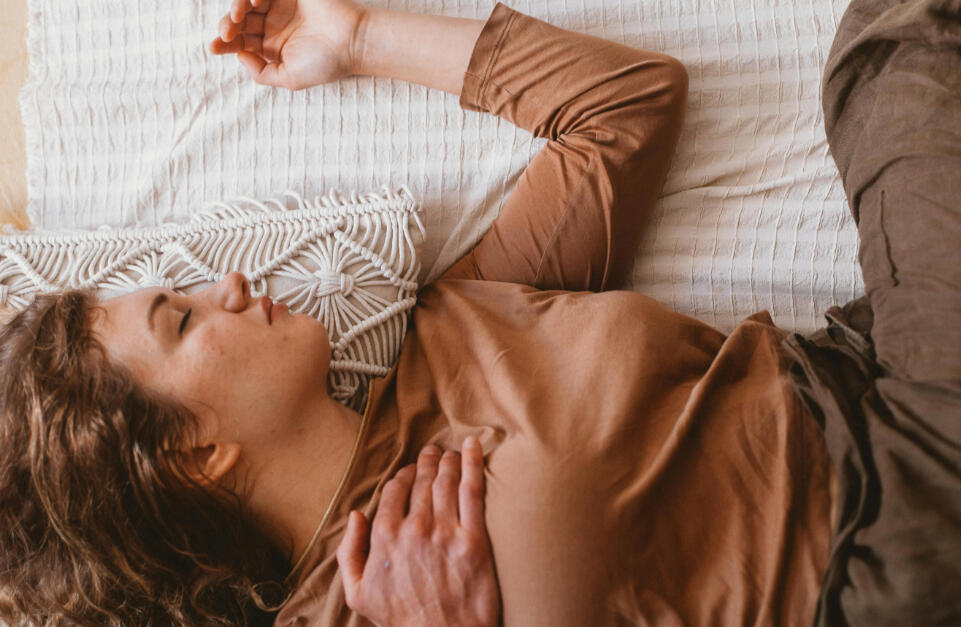Parasomnia Treatment
Effective Strategies for Better Sleep
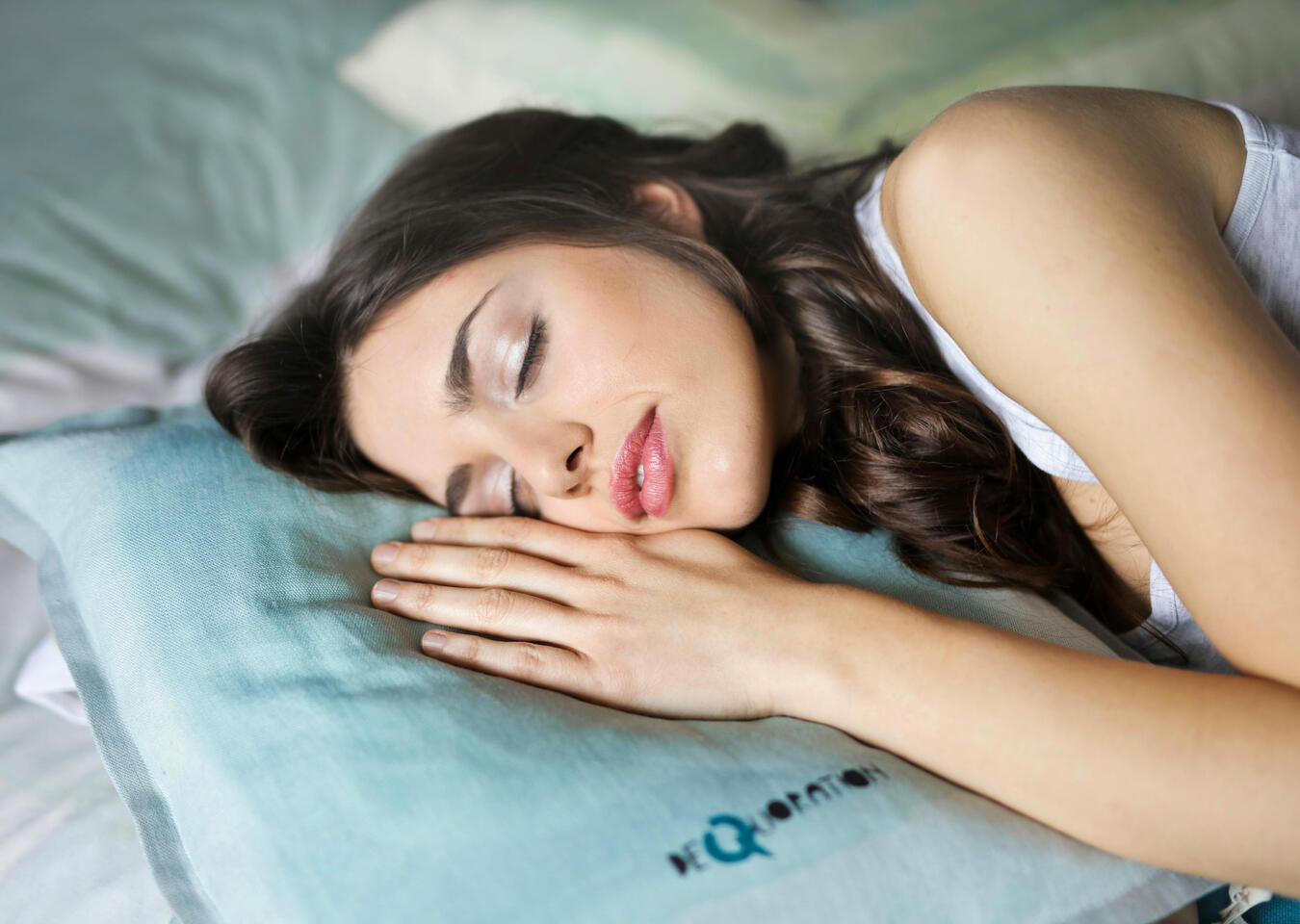
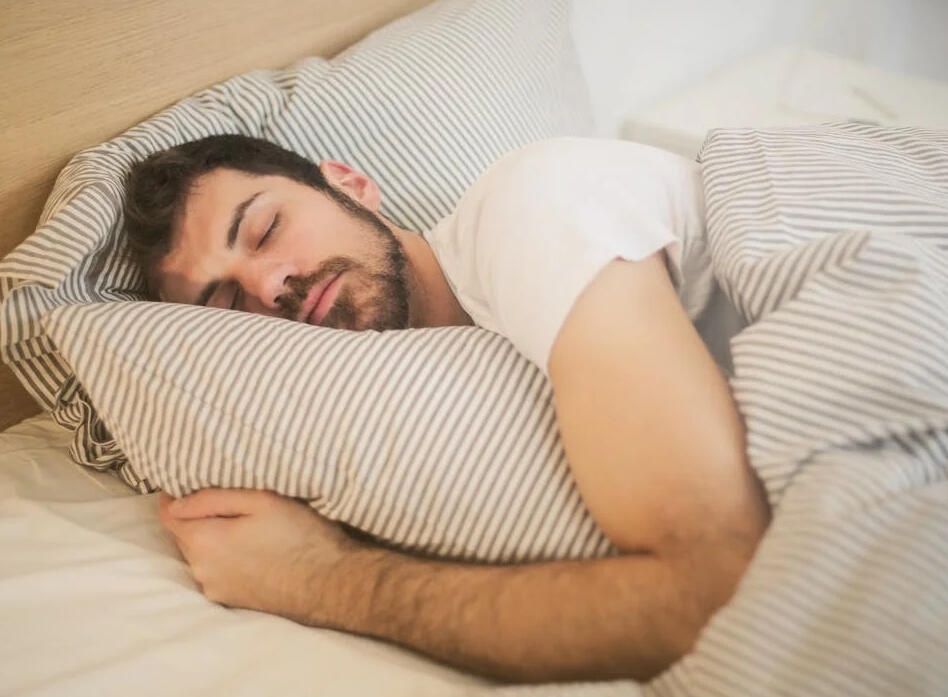
Parasomnia treatment helps people with unusual sleep behaviors. These behaviors can include sleepwalking, night terrors, and acting out dreams.
Effective treatments for parasomnias often involve a mix of medication and lifestyle changes.Sleep experts can diagnose parasomnias through sleep studies and patient history. They look at brain activity, eye movements, and muscle tension during sleep.This helps them figure out the best treatment plan.Treatment aims to keep people safe and improve their sleep quality. It may include securing the sleeping area, adjusting sleep habits, or using specific drugs.Some people also benefit from therapy to manage stress and anxiety.Key Takeaways
- Parasomnia treatments combine medications and lifestyle adjustments Items
- Sleep studies help doctors create personalized treatment plans
- Safety measures and stress management are key parts of parasomnia care
Understanding ParasomniasParasomnias are sleep disorders that involve unusual behaviors, movements, emotions, or dreams during sleep. These events can disrupt sleep and affect daily life.Definitions and PrevalenceParasomnias are unwanted events or experiences that happen while falling asleep, sleeping, or waking up. They can involve complex behaviors, emotions, or dreams that seem real to the person.About 10% of adults and 30% of children have some form of parasomnia. These disorders are more common in kids but can affect people of all ages.Some parasomnias happen during non-REM sleep, while others occur during REM sleep. Many people outgrow these disorders, but some may need treatment.Types of Parasomnias
There are several types of parasomnias:1. Sleepwalking: Walking or doing other activities while asleep
2. Sleep terrors: Sudden fear and screaming during sleep
3. Confusional arousals: Waking up confused and disoriented
4. REM sleep behavior disorder: Acting out dreams physically
5. Sleep paralysis: Feeling unable to move when falling asleep or waking up
6. Nightmare disorder: Frequent, distressing dreamsEach type has its own symptoms and effects on sleep quality. Some are more common in children, while others mostly affect adults.Causes and Risk FactorsThe exact causes of parasomnias are not fully known. Some factors that may play a role include: - Genetics: Parasomnias can run in families
- Brain chemistry: Imbalances in brain chemicals may contribute
- Stress: High stress levels can trigger or worsen symptoms
- Sleep deprivation: Lack of sleep can increase the risk
- Certain medications: Some drugs can cause parasomnia-like effects
- Other sleep disorders: Conditions like sleep apnea may be linkedAge is also a factor. Some parasomnias are more likely to occur in children, while others are more common in adults. Identifying these risk factors can help with diagnosis and treatment.
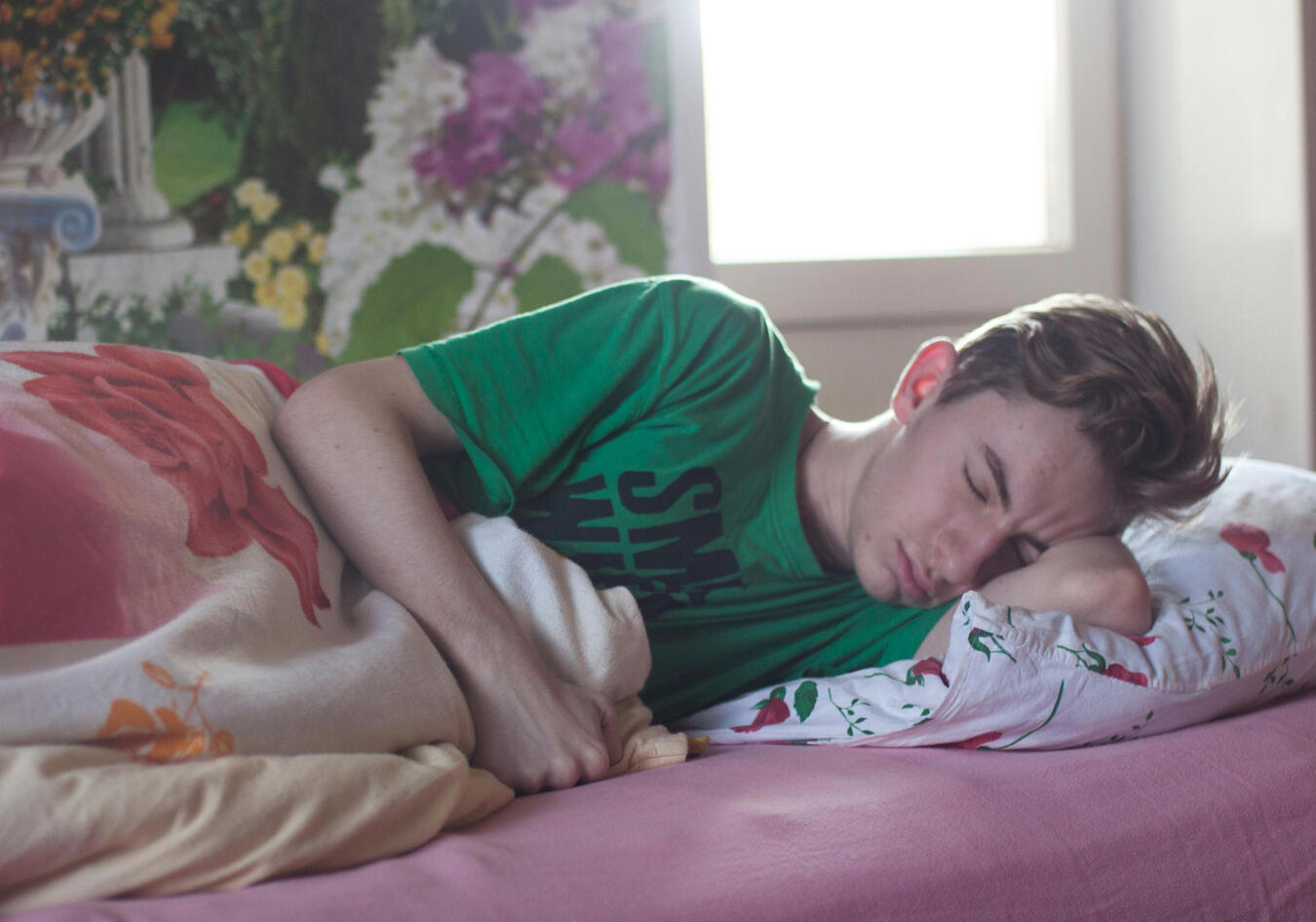
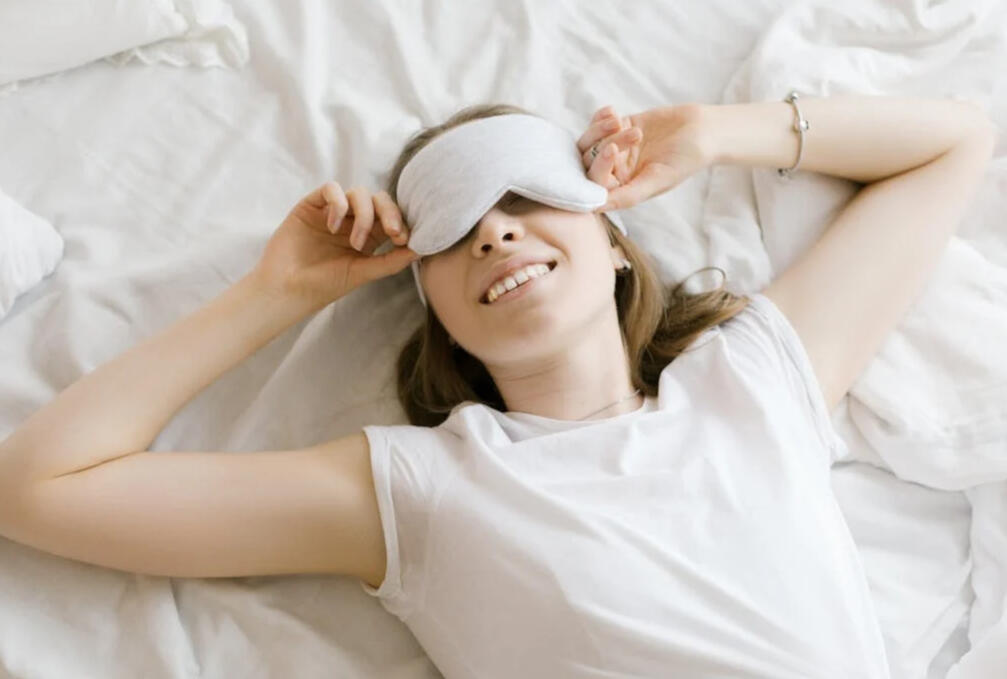
Diagnosis MethodsDoctors use several tools to diagnose parasomnias. These methods help pinpoint sleep issues and guide treatment plans.Clinical AssessmentA doctor starts by asking about sleep habits and symptoms. They want to know when strange behaviors happen during sleep. The patient's bed partner often gives useful info too.Doctors look at medical history and current medicines. Some drugs can cause sleep problems. They also check for other health issues that might affect sleep.A sleep diary helps track patterns. Patients write down bedtimes, wake times, and any odd events. This gives a clearer picture of what's going on at night.PolysomnographyThis test happens in a sleep lab. It's the gold standard for diagnosing sleep disorders. Sensors track brain waves, eye movements, and muscle activity.The test also measures heart rate, breathing, and oxygen levels. A video camera records any unusual behaviors during sleep.Doctors use this data to spot parasomnias. They can tell the difference between various sleep disorders. This helps them make the right diagnosis.ActigraphyActigraphy uses a small device worn like a watch. It tracks movement and light exposure. Patients wear it for days or weeks at home.The device shows sleep-wake patterns over time. It can catch symptoms that don't show up in one night at a sleep lab.Actigraphy helps diagnose circadian rhythm disorders. These can look like parasomnias. The test is easy and gives a real-world view of sleep habits.Treatment StrategiesTreating parasomnias involves a mix of approaches. These focus on changing habits, using medicines, and working on thought patterns.Behavioral and Lifestyle Changes
Good sleep habits are key for managing parasomnias. A regular sleep schedule helps a lot. Going to bed and waking up at the same time each day sets the body's clock.Creating a calm bedroom is important. Keep it dark, quiet, and cool. Avoid screens before bed. The blue light can mess with sleep.Some people find relaxation techniques useful. Deep breathing or gentle stretches can calm the mind. This may reduce nighttime events.For sleepwalkers, safety comes first. Lock windows and doors. Remove tripping hazards. Some use alarms or bells on doors.Medication OptionsDoctors may suggest medicines for severe cases. The choice depends on the type of parasomnia.Benzodiazepines can help with some sleep issues. They work by calming the brain. Clonazepam is a common choice for REM sleep behavior disorder.Antidepressants might be used for night terrors or sleepwalking. They can change sleep patterns and reduce episodes.Melatonin supplements may help with circadian rhythm problems. This can be useful for some parasomnias.It's crucial to use these meds under a doctor's care. They can have side effects and risks.Cognitive Behavioral TherapyCBT is a talking therapy that can help with parasomnias. It focuses on changing thought patterns and behaviors.A therapist might teach relaxation methods. These can reduce stress that triggers episodes.For nightmares, imagery rehearsal therapy can help. Patients rewrite their bad dreams with happy endings. They practice these new versions while awake.CBT can also address anxiety or trauma linked to parasomnias. Working through these issues may lessen nighttime events.Sleep hygiene education is often part of CBT. Patients learn habits that promote better sleep quality.
Considerations and PrecautionsTreating parasomnias requires careful attention to safety. Patients should secure their sleeping area to prevent injuries during episodes.This may include removing sharp objects and locking windows and doors.Medications used for parasomnia treatment can have side effects. Common ones are daytime drowsiness, dizziness, and changes in appetite.Patients should talk to their doctor about potential risks.Certain lifestyle changes may help reduce parasomnia episodes. These include: - Keeping a regular sleep schedule
- Avoiding caffeine and alcohol before bed
- Managing stress through relaxation techniquesSome parasomnias, like sleepwalking, can be triggered by other sleep disorders. Treating underlying conditions like sleep apnea may help reduce episodes.It's important for patients to inform their doctors about all medications they're taking. Some drugs can interact with parasomnia treatments or worsen symptoms.Family members should be educated about the patient's condition. They can help create a safe sleep environment and respond appropriately during episodes.Regular follow-ups with a sleep specialist are crucial. Treatment plans may need adjustments based on the patient's response and any new symptoms.
